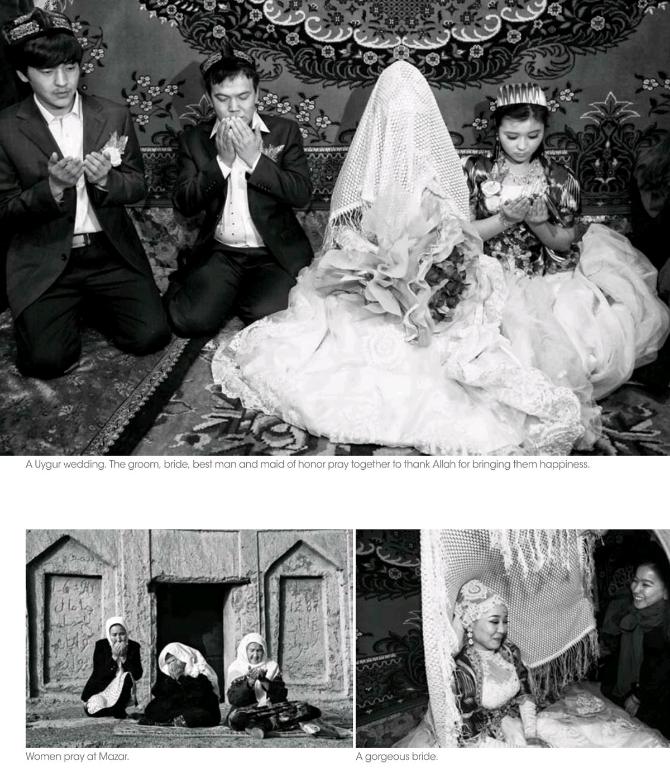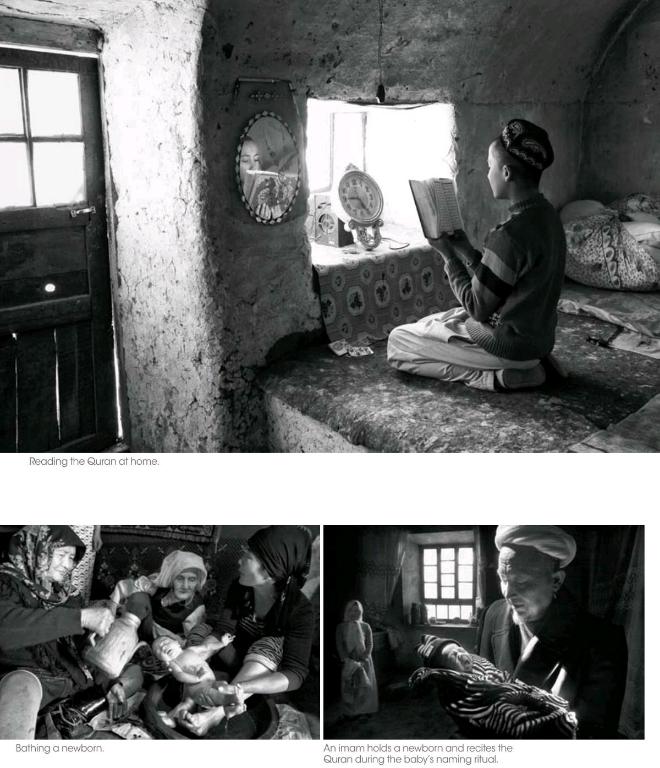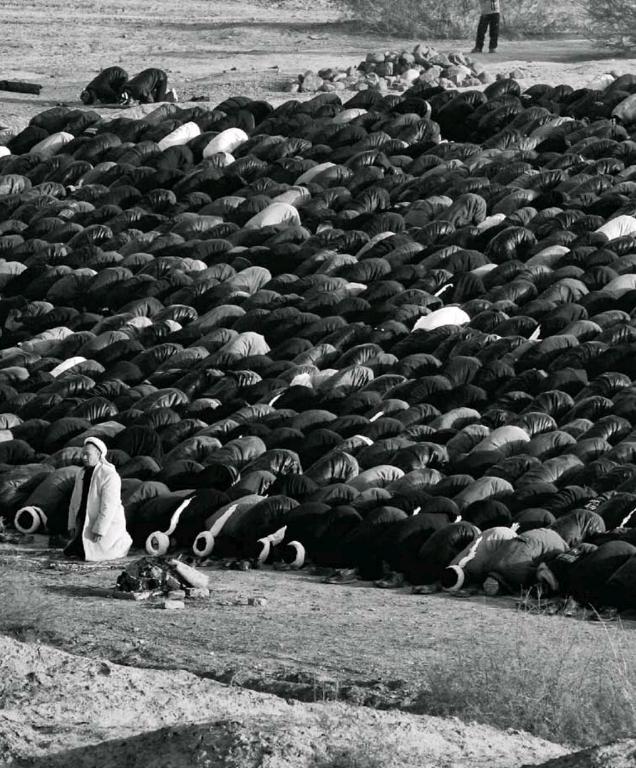Rituals in Life
Turpan of Xinjiang Uygur Au- tonomous Region is certainly worth exploring: Its surface temperatures can reach nearly 80 degrees Celsius in summer. It features an extreme arid climate, with evaporation measuring almost 100 times its precipitation. It is also the lowest area in the nation.
Dry, hot and windy – its unpleasant natural conditions havent left Turpan deserted. On the contrary, it was an important town along Chinas ancient Silk Road and was once the political, economic, and cul- tural center of the Western Regions (area west of Yumenguan, including what is now Xinjiang and parts of Central Asia). Traces of human activity 7,000 years ago can be found here. As the main passageway and hub for economic and cultural exchange between the East and the West in ancient times, Turpan had been a place where several religions were practiced, including Manicheism and Nestorianism (which was introduced to China during the Tang Dynasty [618-907]), Buddhism and Islam.
Nowadays, religion is still part of the locals daily life, with Islam remaining as the dominant local religion. When a Muslim of the Uygur ethnic group passes away, his or her body is carried to a mosque by the family, where an imam leads all the men of the community in a prayer for the deceased. If a woman wants children or if someone in her family falls ill, she will go to Mazar to worship, in hopes of blessings for good health or the birth of children. Mazar is an Arabic word which literally means “a place to visit.” It generally refers to tombs of Islamic saints or famous people. From cradle to grave, Muslims practice various rituals and ceremonies during each stage of their lives. The basic spirit of all these rituals is to show awe and respect for Allah.
Born in 1975, photographer Wang Qing, a Jiangsu Province native, now lives in Turpan. She devoted much of her time to researching and photographing Islamic culture in Turpan. From a special female perspective, she captured these images to document the land and daily life of Muslims now living in the area.




